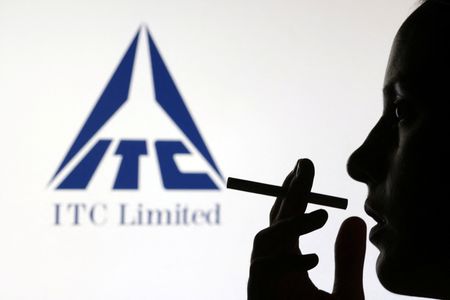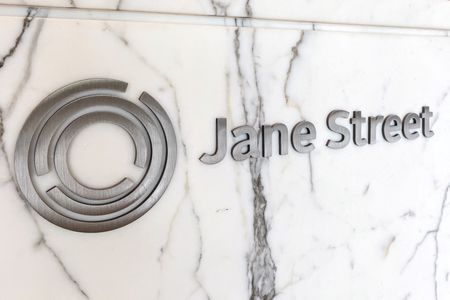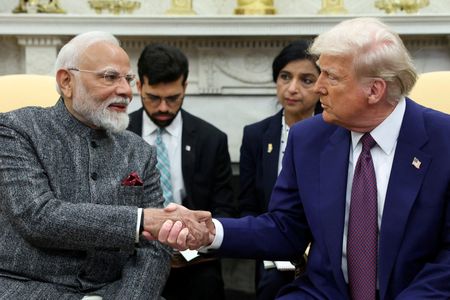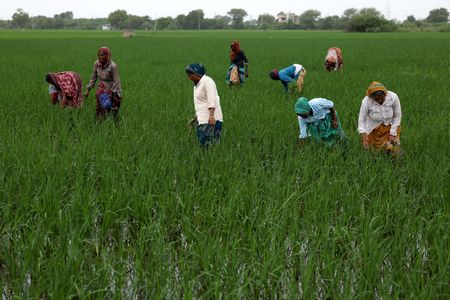(Reuters) -Indian conglomerate ITC reported a slightly better-than-expected first-quarter profit on Friday, buoyed by higher sales of cigarettes and packaged food, particularly in rural areas.
A recovery in rural demand, which started two years ago, has cushioned the impact of sluggish urban sales.
“Rural demand continued to demonstrate resilience,” ITC said in a statement, adding it is also seeing early signs of revival in consumer goods demand in urban areas as inflation has eased in recent months.
ITC has been steadily expanding its rural presence over the last three years, growing its network of local distributors by nearly 40%.
Its standalone profit stood at 49.12 billion rupees ($561.7 million) for the quarter ended June 30, marginally lower than the 49.18 billion rupees reported a year earlier. This was just above analysts’ estimate of 49.1 billion rupees, according to data compiled by LSEG.
Revenue from its cigarettes division, its largest, grew 8% although ITC did not disclose volume growth. Its other consumer goods business grew 5%, supported by steady demand for packaged food such as Sunfeast biscuits and cakes and Aashirvaad wheat flour.
ITC also said it raised prices across key products to offset rising raw material costs, including edible oil, wheat, and cocoa, but did not disclose the extent of the hikes.
These factors, coupled with a 39% jump in revenue in its agri busines, boosted its topline by nearly 20% year-on-year to 210.59 billion rupees.
On Thursday, ITC peer and Dove soapmaker Hindustan Unilever, the Indian unit of UK’s Unilever, reported an 8% increase in quarterly profit, driven by an ongoing recovery in rural sales.
ITC also pointed to better quarters ahead for India’s consumer goods sector, betting on easing inflation, lower interest rates, and personal income tax cuts to bolster growth.
ITC’s shares, down roughly a tenth this year, closed 1.1% higher ahead of its results.
($1 = 87.4520 Indian rupees)
(Reporting by Praveen Paramasivam, Ananta Agarwal and Chandini Monnappa in Bengaluru; Editing by Sonia Cheema)









